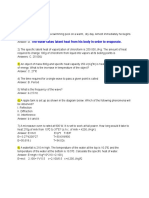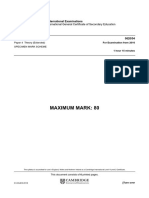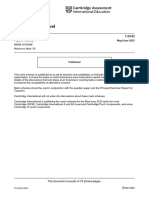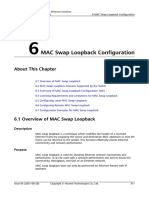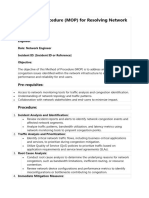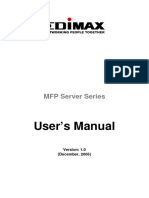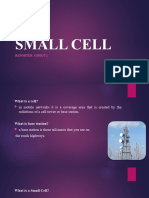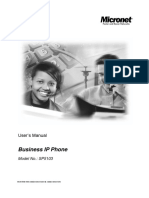0% found this document useful (0 votes)
134 views5 pagesNetwork Types and Topologies Guide
The document discusses various networking concepts including wide area networks, local area networks, the internet, network topologies, transmission media, network hardware, IP addressing, and cloud computing. It provides details on different network connection types as well as hardware and protocols used to establish communication between devices.
Uploaded by
suryakarthikeyan248Copyright
© © All Rights Reserved
We take content rights seriously. If you suspect this is your content, claim it here.
Available Formats
Download as DOCX, PDF, TXT or read online on Scribd
0% found this document useful (0 votes)
134 views5 pagesNetwork Types and Topologies Guide
The document discusses various networking concepts including wide area networks, local area networks, the internet, network topologies, transmission media, network hardware, IP addressing, and cloud computing. It provides details on different network connection types as well as hardware and protocols used to establish communication between devices.
Uploaded by
suryakarthikeyan248Copyright
© © All Rights Reserved
We take content rights seriously. If you suspect this is your content, claim it here.
Available Formats
Download as DOCX, PDF, TXT or read online on Scribd
/ 5













